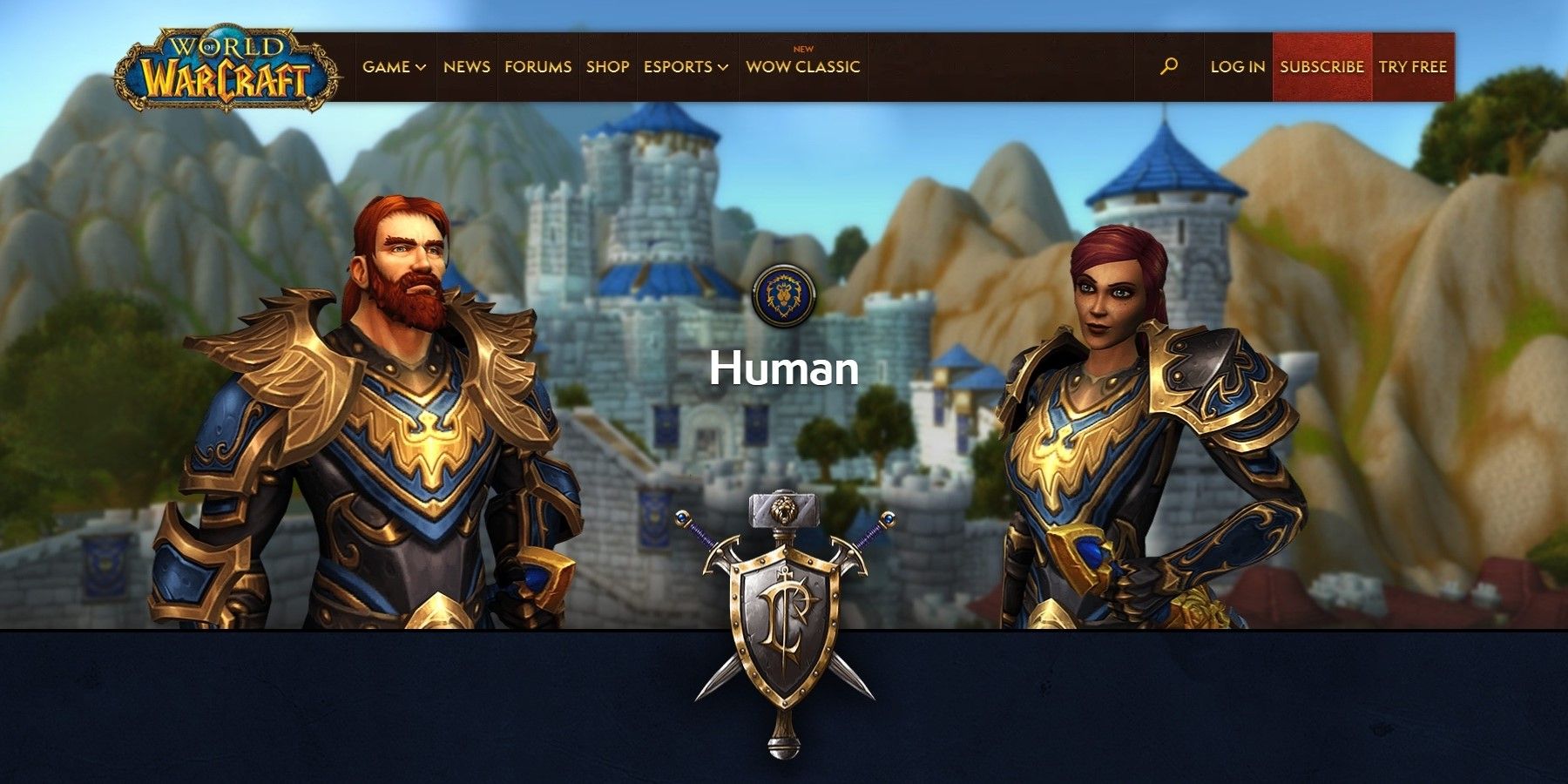World of Warcraft recently updated its playable race pages with a simple, streamlined format. However, some of the details on the race pages have left World of Warcraft fans confused and angry, as some details appear to be erroneous, strangely worded, or downright racist.
The basic World of Warcraft races now follow the same easy-to-follow format used by the Allied Races from Legion and Battle for Azeroth. The pages share a short description of each race, home city or embassy, and mount, as well as their heritage armor and leader if they have one.
However, several of the pages contain oddities that irked players upon discovery. The Orc page insisted the leadership was “to be determined,” even though Thrall is pictured and has represented them on the council for an entire expansion. The Forsaken page has had any and all mention of the traitorous Banshee Queen Sylvanas removed from it, and lists the Undercity as its capital, even though it is inaccessible due to events in Battle for Azeroth–the Night Elf capital is likewise listed as Darnassus, despite sharing a similar fate. What’s worse, the Goblin's description depicts them as destructive megalomaniacs who seek to take over the world, leaning heavily into antisemetic tropes that make them seem more like villains than heroic underdogs.
Though the lore inconsistencies and omissions are puzzling, it is the continued use of racist stereotypes that stuck out the most to fans. World of Warcraft recently found itself in hot water due to similar depictions of the Horde in the atlas-like Exploring Azeroth: Kalimdor book. As a group of outcasts and underdogs full of cultures with analogues to real-life cultures with a history of mistreatment, the peoples of the Horde have often been depicted with racist stereotypes. Intentional or not, such things are not as acceptable today as they were twenty years ago when World of Warcraft was still in development.
The race page design is, at the very least, clean and easy to read. The old designs were lengthy and detailed, which could have overwhelmed new World of Warcraft players. However, the overhaul would have been a perfect opportunity to clarify information and eliminate problematic references–neither of which have taken place.
Despite being composed of cultures often depicted as villainous in fantasy settings, like orcs, minotaurs, trolls, zombies, and goblins, the Horde’s nature as a non-evil group of survivors is what attracted so many people in the first place. If World of Warcraft is going to fulfill its promise to do better and become a more inclusive place for all, it needs to avoid falling into the trap of stereotype, and update the tropes it relies on to depict its cultures.
World of Warcraft: Shadowlands is available on PC. Eternity's End is currently in development.
Source: Wowhead

